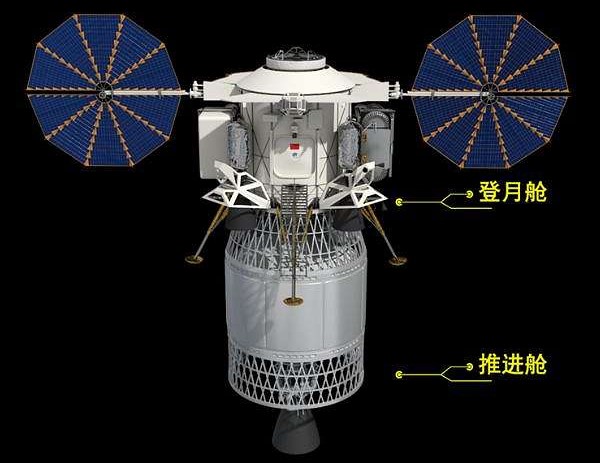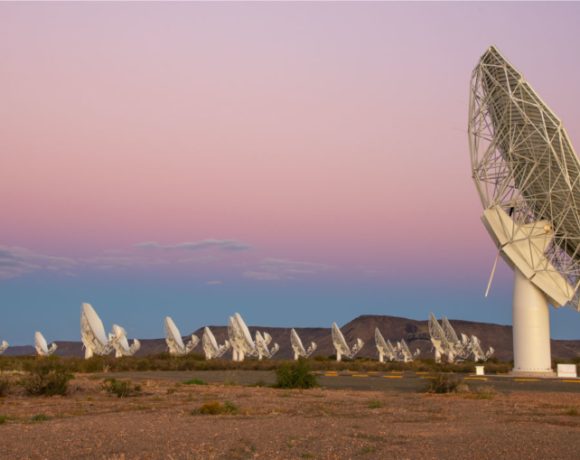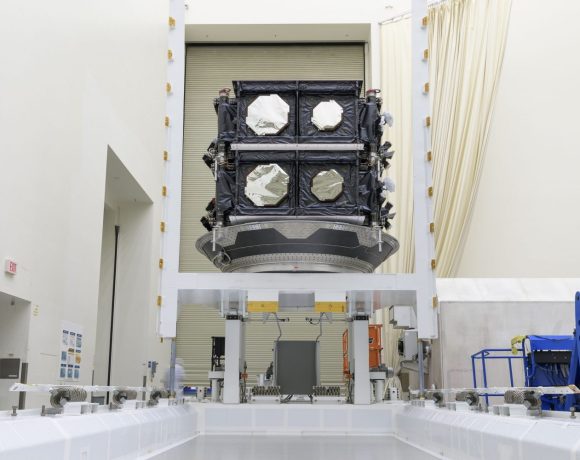China names its upcoming lunar exploration assets

Lunar lander is ‘Lanyue’ and crew spaceship is ‘Mengzhou’
China has officially disclosed the names of its forthcoming lunar exploration assets, marking a significant stride in the nation’s space endeavours.
The lunar lander, set to transport Chinese astronauts (also known as taikonauts) to the moon’s surface, is named ‘Lanyue’ or ‘Embracing the Moon’, drawing inspiration from a 1965 poem by Chairman Mao Zedong.
The newly introduced crew spaceship is christened ‘Mengzhou’ or ‘Dream Vessel’. It embodies the responsibility of realising China’s dream of a lunar landing and embarking on a fresh era of space exploration.
The announcement underlines China’s dedication to a comprehensive lunar programme, with concurrent developments in the Lanyue lunar lander, Mengzhou crew spaceship, and the Long March 10 super-heavy-lift carrier rocket.
Two variants
The China Manned Space Agency stated that the Mengzhou will come in two variants—one to ferry Chinese astronauts to the moon and another to replace the current Shenzhou spaceship, shuttling crew members between Earth and the Tiangong space station.
The ‘Lanyue’ and ‘Mengzhou’ names emerged victorious from a selection process involving experts who sifted through 2,000 proposals from the public in mainland China.
Anticipated for its first human-crewed moon mission around 2030, the Lanyue lunar lander is envisioned as a two-part entity comprising a landing section and a propulsion section, weighing 26 tons. Housing two astronauts and a 200kg rover, this lunar vessel represents a significant leap in exploration capabilities.
On the other hand, the Mengzhou spacecraft, measuring nine metres in length, 4.5 metres in diameter, and weighing 22 metric tons, will feature a re-entry module as the taikonauts’ abode and control centre during spaceflight.
Service module
The accompanying service module will house power and propulsion systems, solidifying its role in the lunar and Earth missions.
With research and development progressing smoothly, China’s commitment to space exploration is becoming increasingly tangible. This sets the stage for an ambitious lunar mission, confirming the Asian giant as a global leader in space exploration.
China’s successful launch of the Tianzhou-2 cargo spacecraft was crucial in constructing its Tiangong space station. This mission marks a pivotal step towards completing the station, demonstrating China’s commitment to advancing space capabilities.
The Tianzhou-2 spacecraft, laden with essential supplies, docked flawlessly with the Tianhe core module, showcasing China’s precision in space rendezvous and docking technology.
As the Asian nation expands its presence in orbit, it reinforces the ambition outlined in its five-year plan for space exploration, emphasising lunar exploration, deep space missions, and satellite deployment.
China’s dedication to space exploration extends beyond Earth’s orbit. The recent Chang’e-5 mission, which successfully brought lunar samples back to Earth, underscored its lunar exploration prowess. With plans for future human-crewed lunar missions and Mars exploration, China is actively shaping the future of space exploration.
In a global context, China’s space programme stimulates collaboration and competition, prompting nations worldwide to enhance their space capabilities.
Featured image: CGI of China’s ‘Lanyue’ lunar lander. Credit: China Manned Space Agency













